When I first started out in the non-profit sector, a funder told me that there was tension in the non-profit sector that was important to ensure that organizations changed and evolved and continued to evolve with their communities. I didn’t get it then, but now I do.
That tension is called competition and it goes to the very roots inside non-profit organizations. Staff, managers, agencies and non-profit organizations compete with each other. Staff compete to be the best program within the organization, managers compete to show the most positive change in their staff and programming, other agencies compete to get their share of the recognition when things are happening in a community (no matter whether they had anything to do with it or not) and non-profit organizations compete with each other for funding dollars. This ever changing competition is what drives non-profits to be the best they can be, but it can also be a double edged sword, in that this is what can also destroy them.
I compare being in non-profit to being on a diet. When you are on a diet, despite wanting to lose weight, you must eat to achieve weight loss. In the non-profit sector, while you must compete with other non-profits for funding and recognition, you must also work with them to best serve the community at large. This too creates tension and sometimes results in organizations that are not necessarily fond of each other needing to work together in both of their best interests.
I have even seen government intentionally create this tension, by making organizations that have nothing more in common than both trying to get funding from the government, be forced into working with other non-profits because the government made it a condition of their funding. Why would government do this you may ask? Well there are limited government funds. So by throwing these two non-profits into the same pool to swim together, one of two things can happen. First, the two organizations may actually succeed at working together successfully. Or, two, they could actually have a relationship break down between themselves and then the government would not have to provide either of them with funding. Either way, it’s a win win situation for government, because they aren’t the bad guys for having refused funding to anyone and the end result if negative is then seen as the making of the two organizations involved. Either way, the government comes out smelling like roses and lives to fight another election.
——————
For more resources, see our Library topic Nonprofit Capacity Building.
——————
By Ingrid Zacharias, Managing Director, Envisioning the Future International, Email: izacharias@envisioningthefutureintl.ca , Website: http://envisioningthefutureintl.ca/



Ms. Zacharias,
After reading this blog, I would be interested to hear your feedback in a recent article I posted yesterday afternoon that speaks to a solution to this seemingly insurmountable problem. I come from the for-profit business world and I see the problem as no more complicated than a misalignment of goals…not priorities. I will start a new discussion within this group, but for now I have attached a link to the blog article below.
http://whydoparents.blogspot.com/2011/01/social-returns-on-financial-investments.html
Hi Jeremy,
I have actually written my response to you in my most recent blog post. Thanks for bringing up such an interesting discussion.
Ingrid 🙂